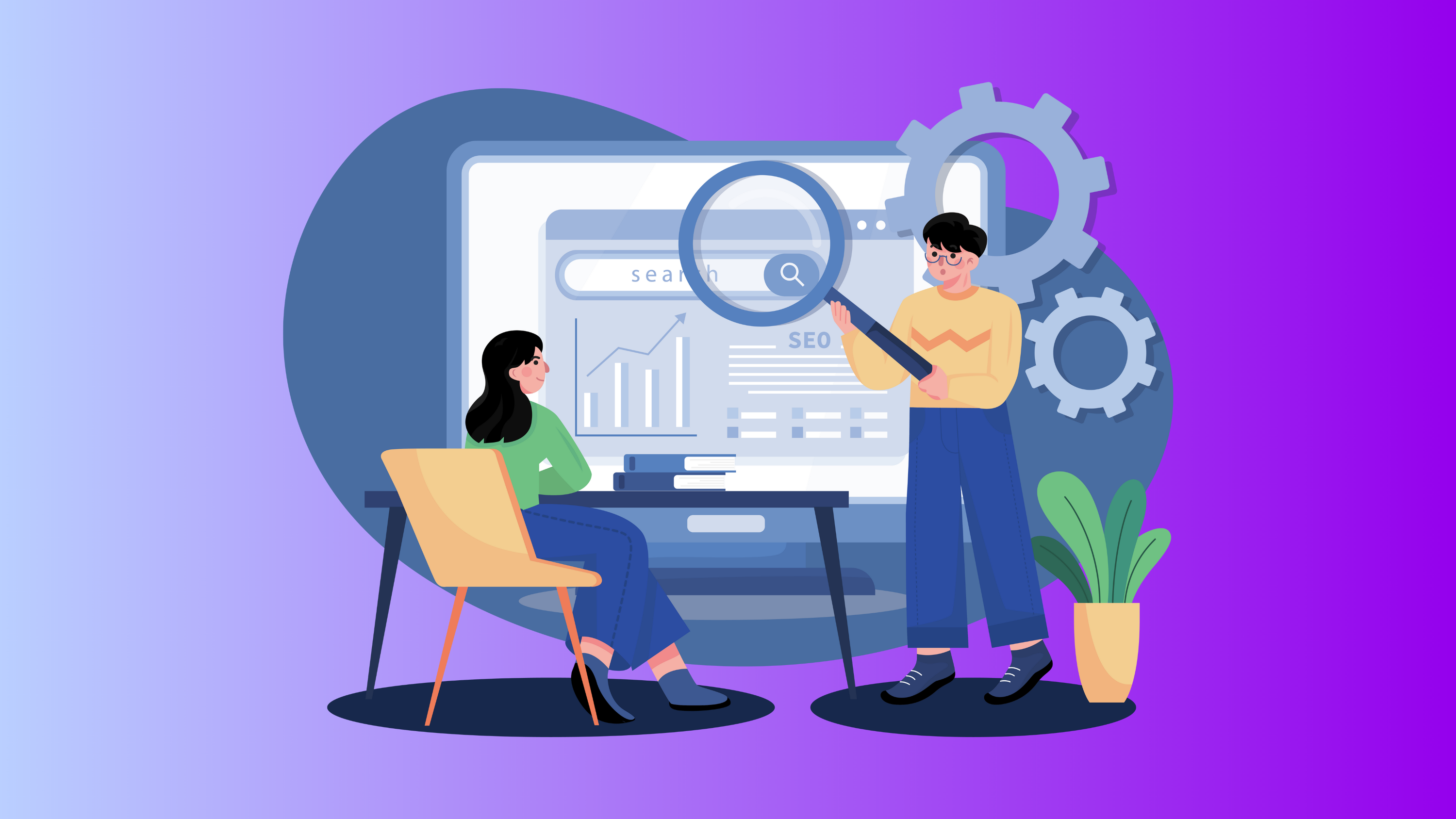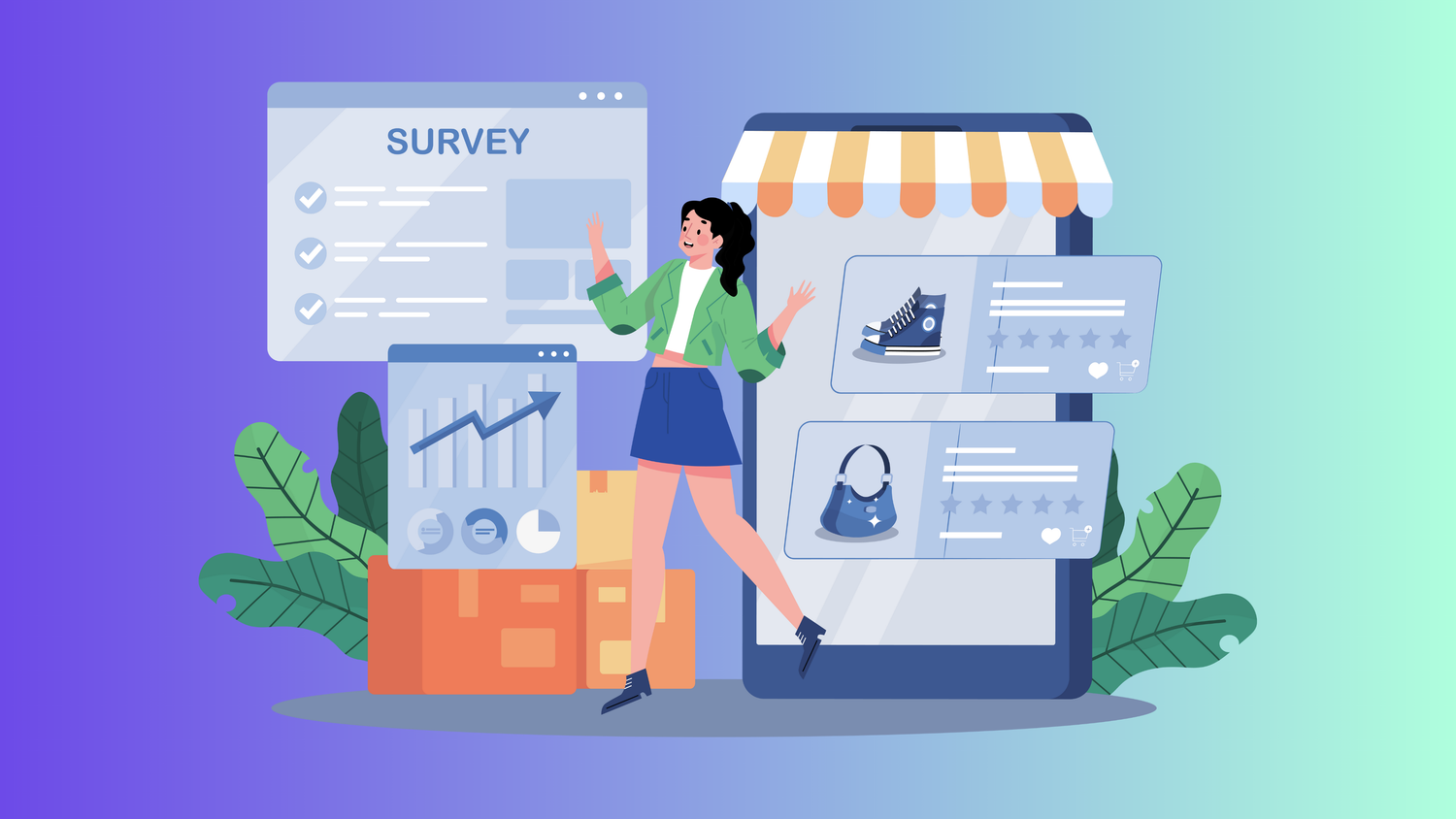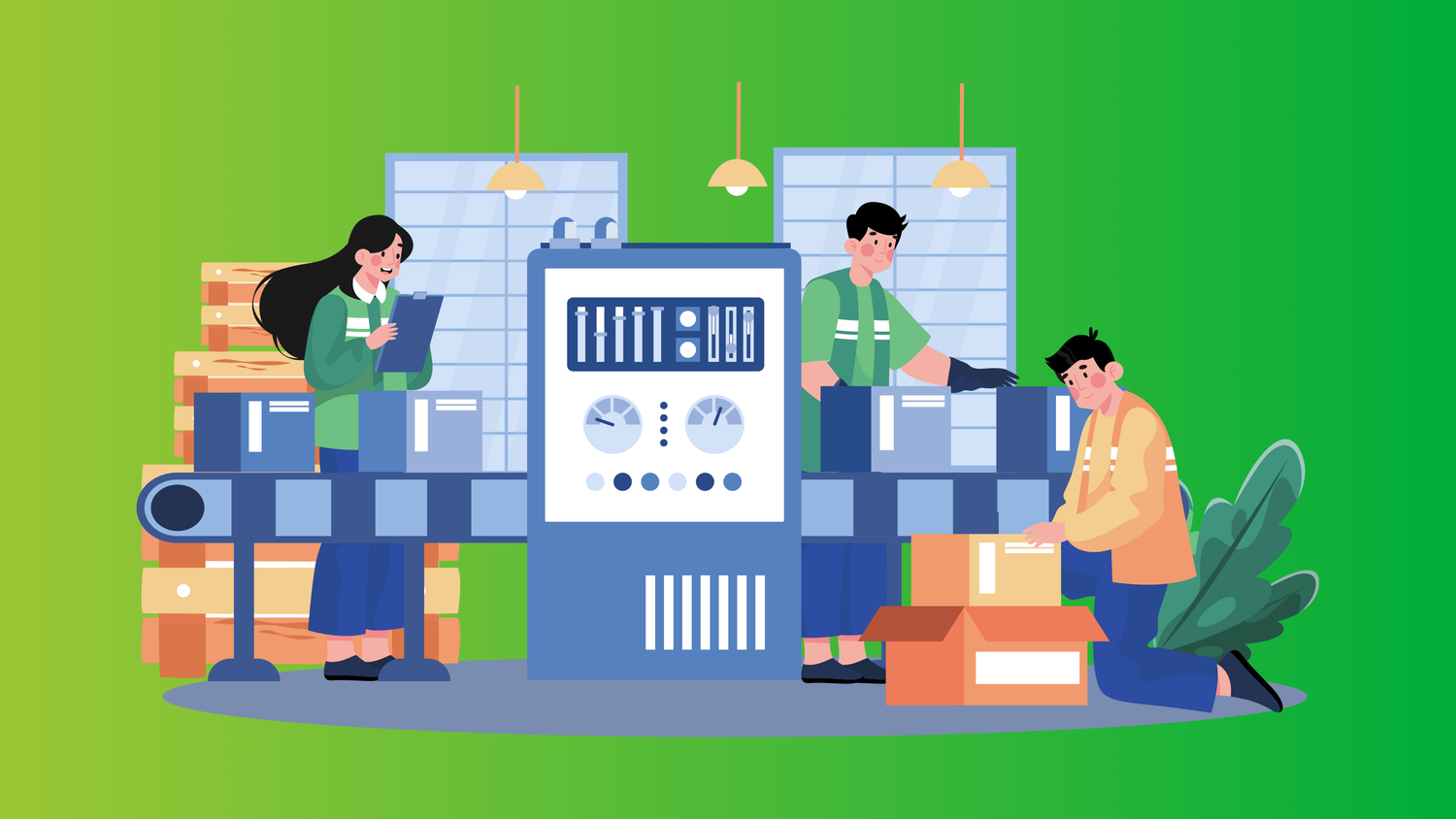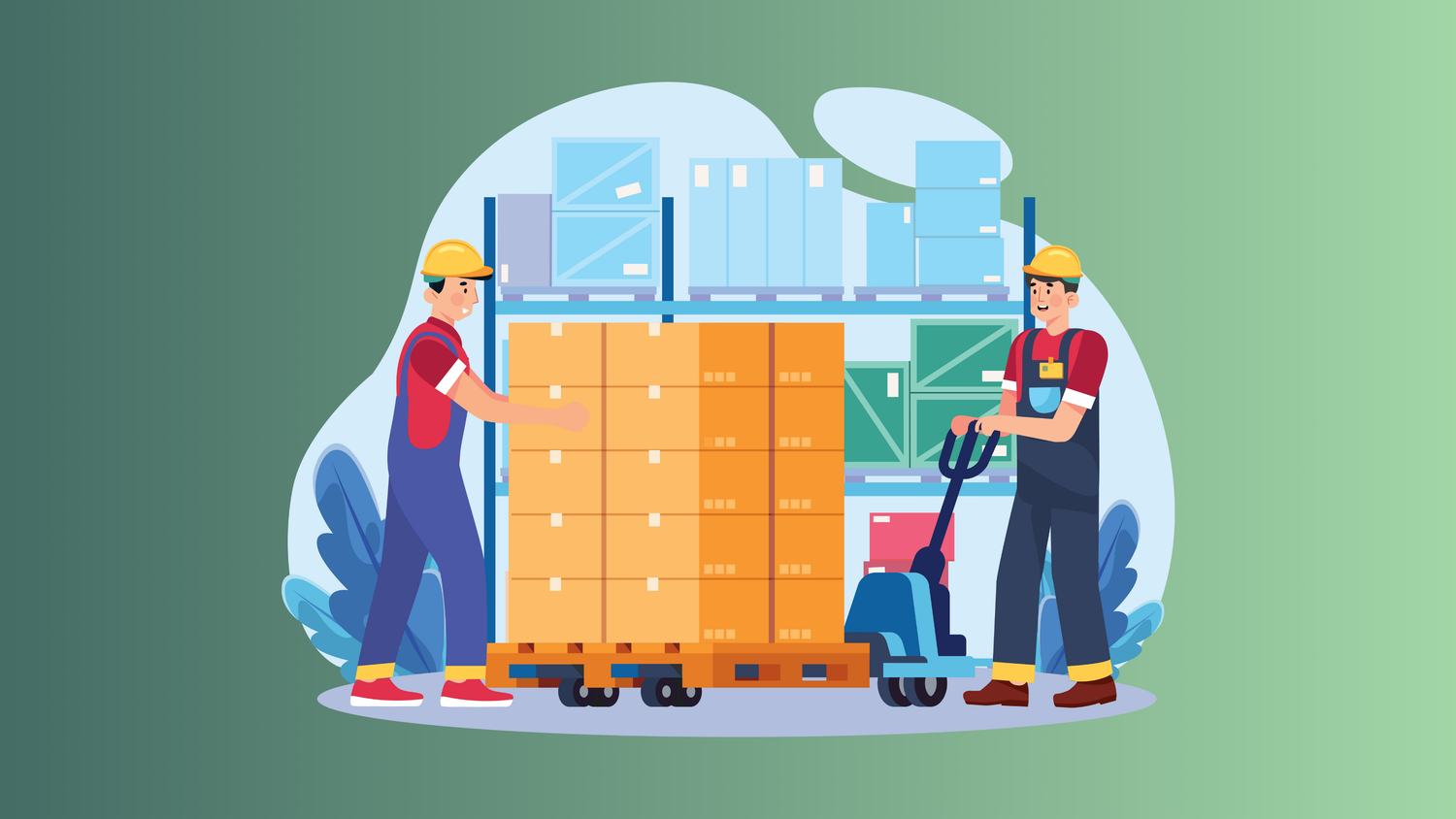Introduction
In early 2022, I picked up a patterned jacket at a Brooklyn thrift store. It looked expensive. But the label was worn off, and I had zero idea what I was holding. Out of curiosity, I opened my phone, snapped a picture, and used Google Photo identify object. Within seconds, it matched to a vintage Jean Paul Gaultier collection I didn’t even know existed. I listed it the same day and sold it for $287 on eBay three weeks later.
That one moment flipped a switch for me. I realized that knowing exactly what I was holding wasn’t just a neat trick—it was a major revenue lever. Over the next year, I built an entire sourcing strategy around this tool. And that’s what we’re diving into today.
Why Google Photo Identify Object Matters for Resellers
Here’s where it gets interesting: most resellers rely on gut instinct in thrift stores. That’s risky. I did too at first, and I’ve been burned—badly. In late 2021, I bought 14 “designer” shirts for $300. Not a single one sold above $20. The labels were misleading, and I didn’t verify.
With Google Lens and Google Photo identify object, you can identify:
-
Brand and model (especially on sneakers, bags, and streetwear)
-
Pattern and fabric type
-
Comparable listings and past sales
-
Authentication cues
Tools I rely on daily:
-
Google Photos / Google Lens
-
eBay Sold Listings
-
Poshmark price history
-
Closo for bulk listing
-
List Perfectly for marketplace cross-posting
How to Make Money Reselling Clothes with Smarter Identifications
People always ask me how to make money reselling clothes. Honestly, the secret isn’t just finding good stuff—it’s finding the right stuff. That vintage Gaultier moment wasn’t luck; it was information.
Here’s my repeatable process:
-
Snap a clear photo of the tag, pattern, or unique feature.
-
Run it through Google Photo identify object to find a match.
-
Cross-check with eBay sold listings to confirm demand.
-
Price and list on multiple platforms (Poshmark, Mercari, eBay).
-
Use marketplace listing software like Closo to automate cross-listing.
I can list 12–15 verified, high-margin items in an afternoon now. Two years ago, it would’ve taken me a week.
Honest Failures (and Why They Made Me Better)
I’ll admit—this tool isn’t perfect. In July 2022, I misidentified a pair of loafers as Gucci. Google Lens pulled a nearly identical match, but they were knockoffs. I ate the $90.
And in March 2023, I trusted a fabric match that was wrong. Thought it was cashmere. It wasn’t. But these failures made me sharpen how I use the tool—never trust one data point.
Listing Software and Marketplace Workflow
When I pair accurate identifications with automation, the results are night and day. I use:
-
Closo (cross-listing and pricing sync)
-
List Perfectly (multi-platform push)
-
Vendoo (optional backup)
-
Shopify (own storefront)
-
Airtable (inventory tracking)
This combo allows me to list on multiple platforms in under 10 minutes per item. Before, it took at least 25.
Is This Worth It for Small Sellers?
Here’s something everyone wants to know: “Do I really need to use Google Photo identify object if I only sell a few things a week?”
I’d argue yes. Especially if you’re dealing with clothing, sneakers, or accessories. Even part-time sellers can boost profits just by avoiding fakes and underpricing rare pieces.
When I went from hobby to business in Q4 2022, this single change added about $7,000 to my annual revenue.
Comparison Table
| Method | Time per Item | Accuracy | Best Use Case | Cost |
|---|---|---|---|---|
| Manual Tag Research | 15–25 min | Medium | Obscure vintage, niche labels | Free |
| Google Photo Identify Object | 1–2 min | High | Designer, streetwear, common tags | Free |
| Professional Authentication | 2–3 days | Very High | Luxury resale (Chanel, Gucci, Louis V.) | Paid (varies) |
Marketplace Listing Software that Pairs Well
Once I’ve identified an item, I use marketplace listing software to scale:
-
Closo Crosslister – My main tool; it saves me about 3 hours weekly.
-
List Perfectly – Good for vintage.
-
Vendoo – Great backup for Poshmark-heavy sellers.
And, crucially, I always double-check photos. Clean, well-lit images matter as much as the title.
How I Built the Rest of My Workflow
Much of what I’ve learned about combining tools came from the Closo Seller Hub.
If you’re serious about scaling, check out:
These are the exact workflows I refined over the past three years.
A Tool That’s Small but Mighty
So—can Google Photo identify object change how you source inventory? For me, the answer’s obvious. It cut my sourcing time in half, reduced guesswork, and led to some of my best flips.
It won’t solve everything. You’ll still make mistakes (I sure did). But if you’re serious about reselling, this one tool gives you an edge that compounds over time.
And yes—I use Closo to automate my cross-listing and pricing adjustments, which easily saves me around three hours every week. That time goes right back into sourcing better inventory.




